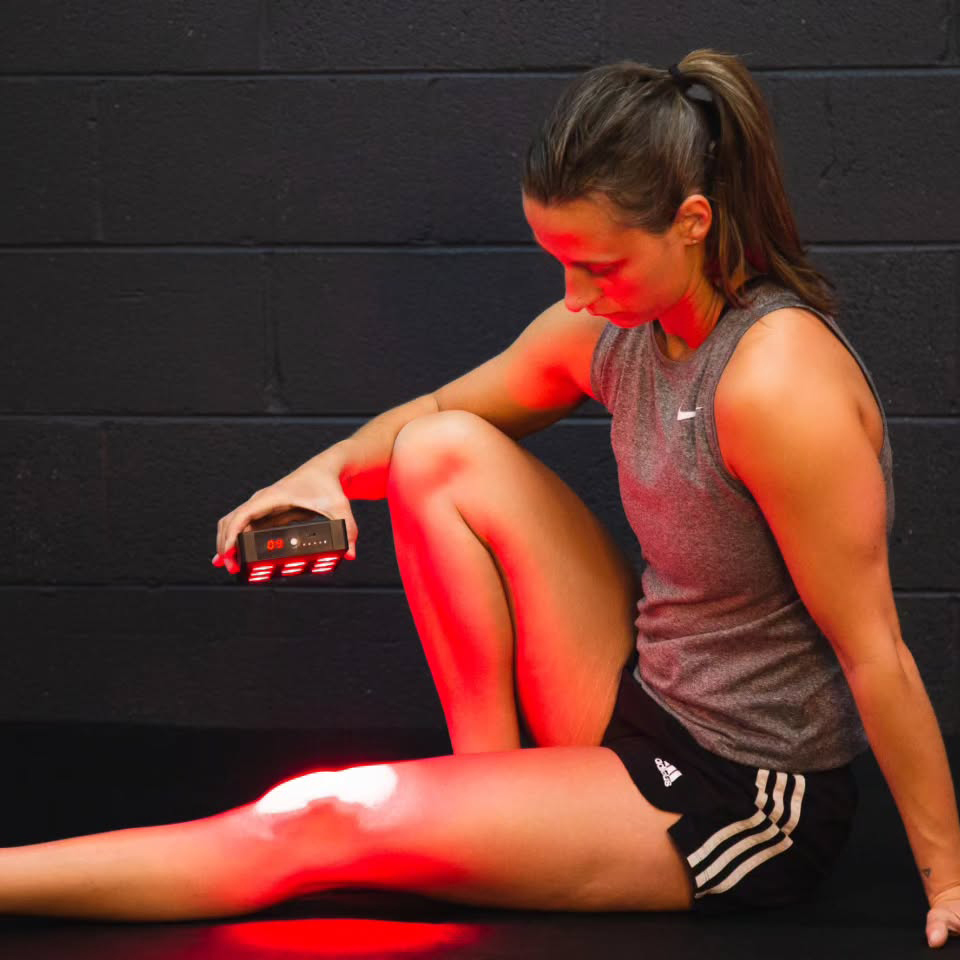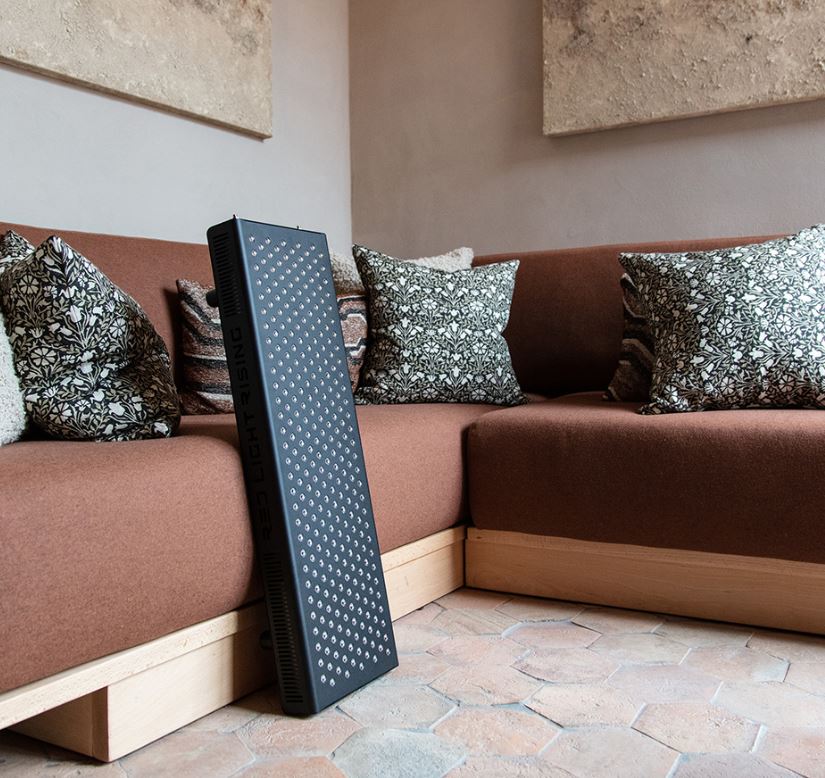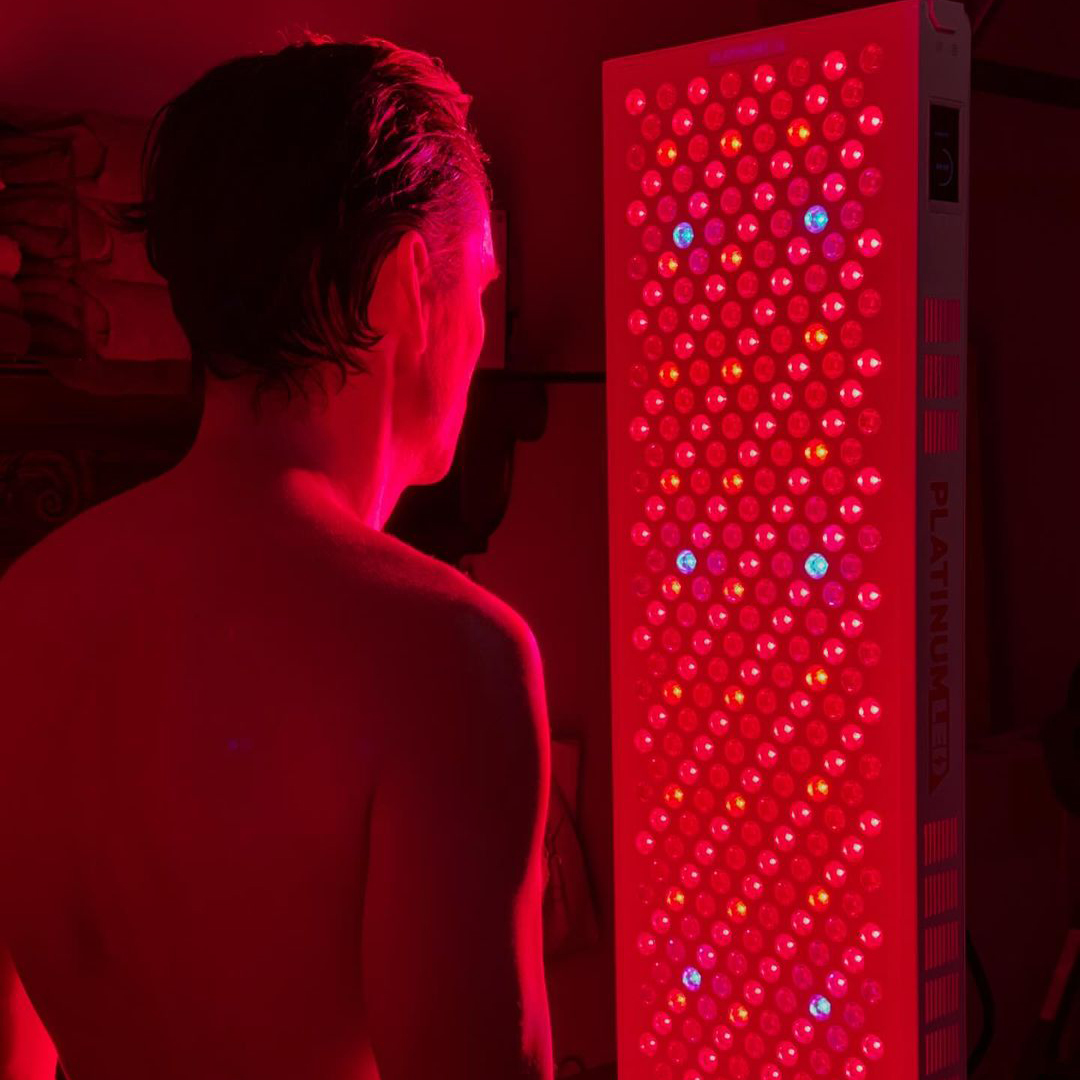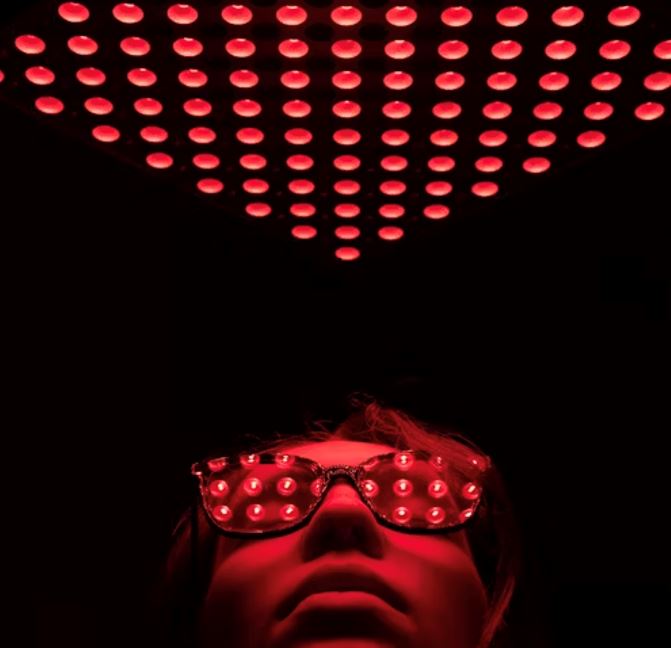![]() Free Shipping
Free Shipping ![]() Buy Now, Pay Later
Buy Now, Pay Later ![]() Eligible
Eligible
Is Red Light Therapy Becoming Popular in the NFL?
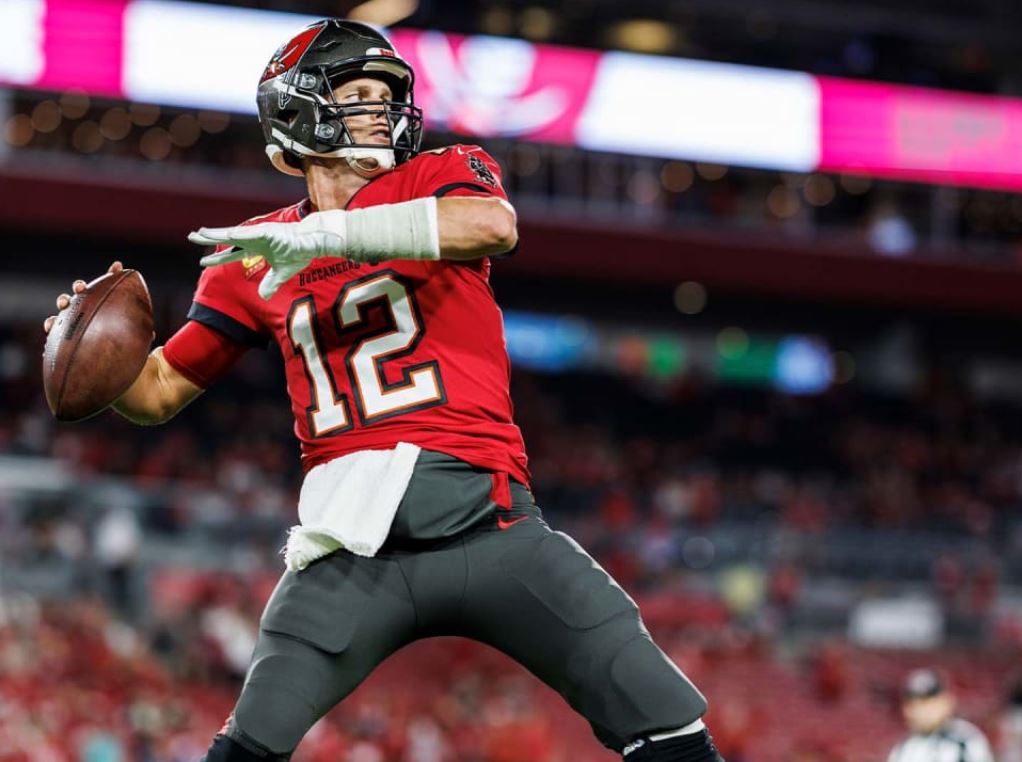
In the high-stakes world of the NFL, where injuries, fatigue, and recovery times can make or break a season, players and teams are constantly searching for cutting-edge treatments to gain a competitive edge. One such innovation that has been gaining traction in recent years is red light therapy (RLT).
But is red light therapy truly becoming a mainstream recovery tool in the NFL, or is it just another passing trend? Let’s dive into the science, the athletes using it, and whether this therapy is here to stay.
What Is Red Light Therapy?
Red light therapy, also known as low-level laser therapy (LLLT) or photobiomodulation (PBM), involves exposing the body to low wavelengths of red or near-infrared light. Unlike UV rays, which can damage the skin, red light penetrates deep into tissues without causing harm.
How Does It Work?
The science behind RLT suggests that it stimulates mitochondria—the powerhouses of cells—to produce more adenosine triphosphate (ATP), the energy currency of cells. This boost in cellular energy can:
- Speed up muscle recovery
- Reduce inflammation
- Enhance collagen production (helping with skin and joint health)
- Improve circulation
Given these benefits, it’s no surprise that elite athletes, including NFL players, are turning to red light therapy to optimize performance and recovery.
Red Light Therapy in the NFL: Who’s Using It?
Several high-profile NFL players and teams have publicly endorsed or incorporated red light therapy into their recovery routines.
1. Tom Brady and the TB12 Method
While not exclusively an NFL team case, Tom Brady, one of the greatest quarterbacks of all time, has been a vocal advocate for innovative recovery techniques. His TB12 Method incorporates various therapies, including red light devices, to maintain peak performance well into his 40s.
2. Aaron Rodgers’ Recovery Routine
Green Bay Packers quarterback Aaron Rodgers has reportedly used red light therapy to manage injuries and maintain flexibility. Given his longevity in the league, his recovery strategies are closely watched.
3. Rob Gronkowski’s Post-Retirement Comeback
After retiring due to numerous injuries, Rob Gronkowski made a successful return to the NFL. He credited part of his recovery to red light therapy beds, which he used to reduce pain and inflammation.
4. Team-Wide Adoption
Some NFL teams have reportedly installed full-body red light therapy pods in their training facilities. While not all teams disclose their exact recovery protocols, the growing availability of these devices suggests increasing acceptance.
Why Are NFL Players Turning to Red Light Therapy?
1. Faster Recovery from Injuries
NFL players endure brutal physical stress, leading to muscle strains, ligament tears, and joint pain. Red light therapy may help by:
- Reducing inflammation (key for post-game recovery)
- Promoting tissue repair (helping with muscle and tendon healing)
- Alleviating chronic pain (useful for long-term wear and tear)
2. Improved Sleep and Performance
Many athletes struggle with sleep due to travel schedules and physical stress. Red light therapy has been linked to better sleep quality by regulating melatonin production, which is crucial for recovery.
3. Non-Invasive and Drug-Free
Unlike painkillers or invasive treatments, RLT offers a natural, side-effect-free alternative—a major plus for players wary of pharmaceuticals.
The Science: Does It Really Work?
While anecdotal evidence from NFL players is compelling, what does the research say?
Studies Supporting Red Light Therapy for Athletes
- A 2016 study in the Journal of Athletic Training found that red light therapy improved muscle recovery and reduced soreness after intense exercise.
- Research in Lasers in Medical Science (2018) showed that RLT enhanced performance and reduced fatigue in athletes.
- A 2020 meta-analysis concluded that photobiomodulation could significantly reduce muscle damage and inflammation.
Skepticism and Limitations
Despite promising results, some experts argue that more large-scale, NFL-specific studies are needed. The effects can vary based on:
- Wavelength used (different studies use different ranges)
- Duration and frequency of treatment
- Individual response (some athletes may benefit more than others)
The Future of Red Light Therapy in the NFL
As the demand for safer, faster, and more effective recovery tools grows, red light therapy is likely to become even more prevalent in the NFL. Key trends to watch:
1. Portable Devices for On-the-Go Recovery
Companies are developing wearable red light therapy gear, allowing players to use it during travel or at home.
2. Integration with Other Recovery Modalities
RLT is increasingly being combined with cryotherapy, hyperbaric oxygen chambers, and PEMF therapy for enhanced results.
3. More Teams Investing in RLT Equipment
As evidence mounts, expect more NFL franchises to install red light beds and panels in their training facilities.
Final Verdict: Is Red Light Therapy Here to Stay in the NFL?
The answer seems to be a resounding yes. While it may not replace traditional recovery methods entirely, red light therapy is carving out a significant role in sports medicine. With star athletes endorsing it and scientific studies backing its benefits, RLT is poised to become a staple in NFL recovery protocols.
For fans and players alike, the question isn’t if red light therapy will become mainstream—it’s how soon every team will adopt it.



